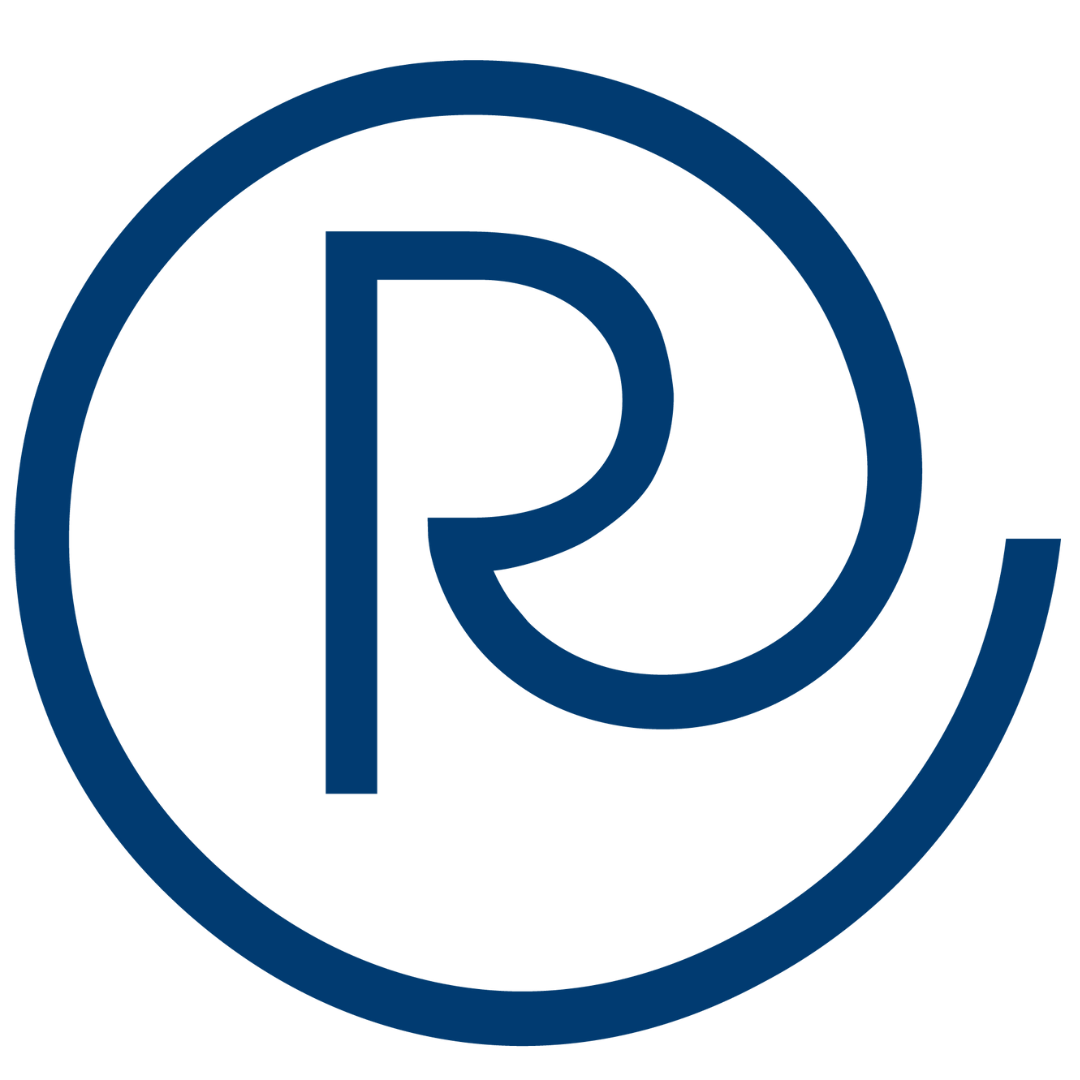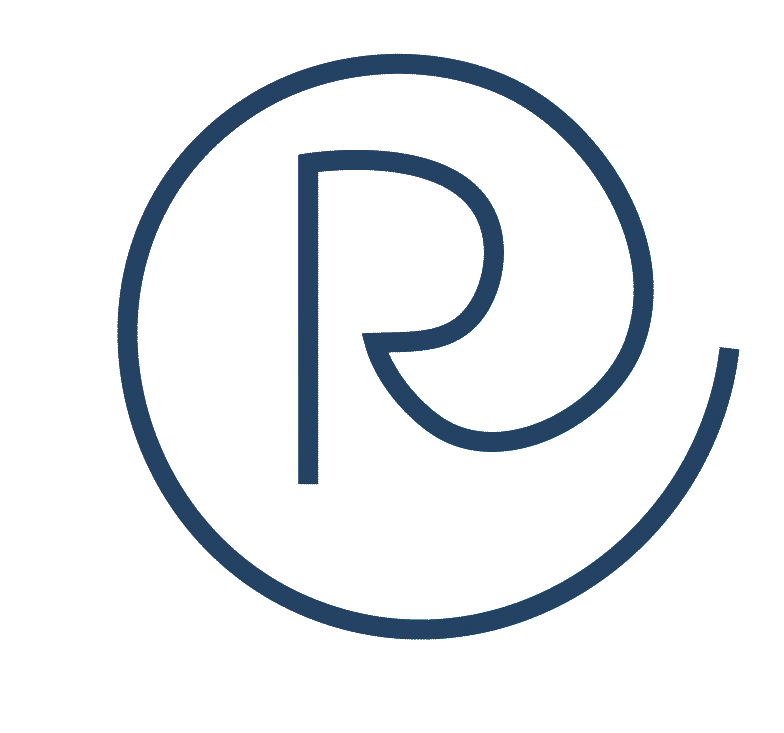Social media can be a great tool to boost sales and increase traffic to your website or storefront. However, if you’re new to social media, jumping in can be overwhelming, and you may be unsure where to begin. Here’s a list of 5 do’s and don’ts to help you get started and optimize social platforms for your small business — without succumbing to the most common pitfalls.

#1
Do: Use clear, concise images
Don’t: Use that photo of you and your entire family from the last reunion
Your profile picture is the first thing people see when they visit your page — and the first item that people will correlate with your business. Using an unrelated or blurry picture doesn’t make for a positive first impression.
Most businesses use their logos as a profile image, but if it’s just you, using a photo of yourself can be just fine! If you do so, use a picture where your face is the focus. Avoid using full-body shots, which are not thumbnail-friendly and do not translate well to mobile devices.
For cover photos, there is more wiggle room, as you have the space to display more about what you do, show off some of your skills, or give your viewers and customers some extra inspiration. Keep it topical to your business, and avoid making it too personal. While your dog is the cutest on the block, this is not the place for his photo if your goal is to promote your music classes. Save it for a fun post about what you like to do in your free time instead (more on that in #3)!
The images you use on your social media pages are more important than you might imagine. If you plan on expanding to more platforms than just Facebook, it is generally best to use the same profile images across the board to build consistency.
 #2
#2
Do: Invite your friends and family to like your page
Don’t: Invite them five times and get upset if they don’t respond
You know that inviting friends to like your page is an easy way to start building your profile. So you’ve gone through and sent out 50 invites but only received 20 likes. What gives?
It is important to not take their lack of action personally. Keep in mind, everyone interacts with social media differently, from the social butterfly who consistently sends friend requests and engages online to the minimalist with a small group of friends who may not respond to every invite. Avoid sending the same invite repeatedly to the same individuals, as it can start to feel like spam, causing your page and your business to lose credibility.
 #3
#3
Do: Keep your page fresh with content, not just sales
Don’t: Be too salesy
When it comes to social media and your business, of course you are there to advertise your product or service. However, if advertising is the only thing you’re doing on your social profiles, you likely won’t see a lot of return. In addition to sales-oriented posts, you need content that informs, entertains and inspires your audience to become loyal fans who return to your page again and again.
Like many businesses that are utilizing social media, you might find it challenging to strike a balance between sales-oriented and engaging content. Bombarding your profile with promos might feel like a good way to ensure that everyone is seeing your message, but dynamic, diverse content is critical to the social media experience for your customers. In The Social Media Business Equation, Eve Mayer Orsburn suggests following the formula of 40 percent interaction, 20 percent entertainment, 20 percent engagement and 20 percent selling in your content. Yup, only one out of every five posts should be a sales message.
By engaging your audience, you are building your reputation with users, who will begin to view you as the “go to” person for your product or service. This way, when you have a marketing message to share, it will come across much more powerfully.
 #4
#4
Do: #Hashtag and emoji when appropriate
Don’t: #Hashtag #too #much 🙂 😉 😆 😎 😀
If you’re unfamiliar with the term, hashtagging refers to the process whereby someone uses the “#” symbol with a word — for example, “#happy” to show you are in a good mood. Used primarily on Twitter and Instagram, the hashtag provides a way to categorize topics and view related posts, as well as express thoughts and emotions related to a topic. However, since their creation in 2007, hashtags have spiraled out of control from time to time. Lately it has become popular to attach as many hashtags to a post as humanly possible, which looks something like this:
I just ate a cookie #yum #chocolatechip #myfav #cookies #thebest #sogood #milk #cookiesncream #random #ilovecookies #food #love #dessert #delicious #greatday #lazyday #sweets #instafood #nomnom #atetoomanyeventhoughitmakesmystomachhurt #lol #dontcare #cookiemonster #mmm
While hashtags can be an important social media tool, you’ll want to abide by some simple rules to avoid spamming your audience with a sea of hashtags:
- Use a maximum of two hashtags per post
- Keep them short; avoid hashtags that string too many words together
- Do not use any spaces or punctuation, as this will break the tag
For emojis, it’s a similar story. Use too many, and they lose their impact. Additionally, an overuse of both hashtags and emojis can make you seem unprofessional and juvenile.

#5
Do: Fill out your profiles in their entirety
Don’t: Leave an excessive amount of blank space
Social platforms such as Facebook and Twitter rank high in Google searches, so these platforms can be crucial to your online presence. Fill out as much of the requested profile information as you can, but remember to keep it business-oriented and avoid personal data. The more you enter in, the easier it is to find you online!
A Few Pro Tips
- Even if you do not plan on using a certain platform, you may still want to create a profile if it’s one of the “big four” (Facebook, Twitter, LinkedIn and Google Plus). Since these are all ranked high for searching, it’s a good idea to have one of each created. If you plan on never utilizing that social media page, just leave one post that shows the platforms you are active on, as well as any contact information you want users to have.
- Claim vanity URLs for your platforms — that is, a unique URL that is branded for marketing purposes (for example, facebook.com/YourBusinessName). These URLs can make a big difference for searches as well.
Using these guidelines can help give you a jumpstart with your profiles, but remember that social media is something that needs to be continually nurtured. All businesses are different, and over time you will begin to see what kind of content and interaction works best with you and your customers.
Additional Resources
- The Social Media Business Equation by Eve Mayer Orsburn
- https://blog.kissmetrics.com/personal-branding-seo/
- http://www.wordstream.com/blog/ws/2012/10/10/vanity-url
- Social Media Marketing: A Strategic Approach, by Melissa Barker, Donald Barker, Nicholas Bormann and Krista Neher
- http://blogs.constantcontact.com/facebook-cover-photo-ideas/
- http://howtohashtag.com

Rallio | Powered by Ignite Visibility is a powerful SaaS platform designed to help multi-location and franchise brands streamline their social media, online reputation, and directory listings management. With AI-driven content creation, scheduling, and analytics, Rallio ensures brand consistency while allowing localized engagement. The platform also features employee advocacy tools, review generation, and seamless integration with social ecosystems, making it the ideal solution for brands looking to optimize their digital presence across multiple locations.
